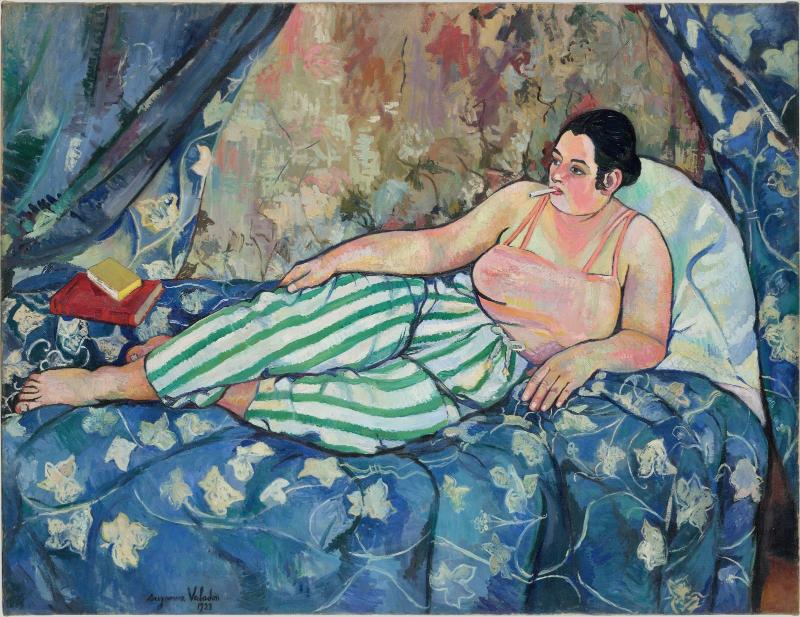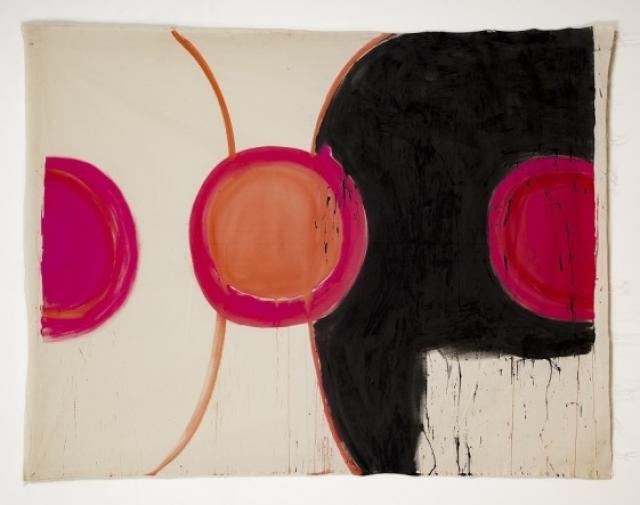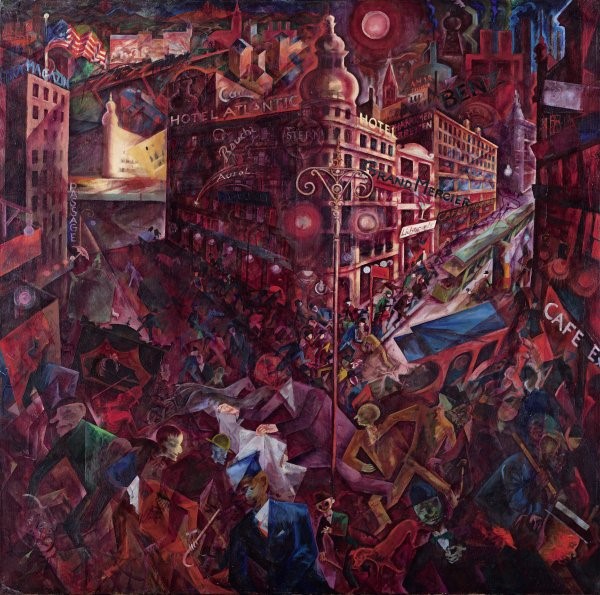
Seen for you in L'ŒIL

A model painter
In her youth, Suzanne Valandon did street art before her time, being too poor to paint anywhere other than on walls with anything other than charcoal sticks. She was then an ephemeral circus artist until a serious trapeze accident kept her away from the big tops. Having become a successful model for many Parisian painters because of her physique and her ability to hold a pose for hours, she took the opportunity to inquire about their technical tips and tricks. In fact, she only dreamed of one thing: to move to the other side of the brush. Spotted by Lautrec, she was vilified and mocked by Renoir who saw women as too down-to-earth to show a gift of imagination. Suzanne draws everyday scenes, bathing, the work of laundresses, her dogs, her cats, her lovers. Nudity is a recurring theme but never idealized in a realistic perspective which explains a drawing style marked by a line that is both raw and supple. She paints people to know them. This style, more drawn than painted, will seduce Degas who encourages her to present herself at the Salon of the National Society of Fine Arts, where she will be the first woman admitted in 1894. Despite the torment created for her by her son Maurice Utrillo, as sickly alcoholic as he was a talented painter, Suzanne Valendon knows a success beyond the French borders. At the same time, she becomes the first painter to have immortalized a naked man with an Adam and Eve censored at the Salon d'Automne. But the critics praise her and she does not fear adversity. This is how she adds fig leaves and restores without qualms the lacerated private parts of her two characters. This unvarnished look at the nudity of men as much as women has changed and dramatized the public image. There is nothing complex about an easy girl. Nudity is not sacred to her. The proof: her odalisque in the Blue Room is dressed and not naked as tradition would have it. She is nonetheless an icon of female independence with her cigarette dashingly stuck to her lips. Suzanne Valandon likes to be where no one is looking for her. She painted herself bare-chested at the age of 70 in her last self-portrait. And finally, when she was about to die, proud of her journey, she wrote on the central vase of the still life making up her last painting: "Long live youth"!
Illustration: The Blue Room by Suzanne Valandon (1923)

Free Figures
about the Disco exhibition at the Palais de Tokyo from June 12 to September 7
Who said: style is the man? In any case, if we refer to Vivian Suter, style is surely not the woman. A free artist, the Argentinian-Swiss painter does not respect any rules, starting with her own. You thought she was figurative, here she is abstract. But her painting can just as easily be geometric, even lettrist. Some of her canvases have a large reserve of white. Others none. And she shows the same in all the colors of her pigments. Here are very natural ochres, yellows and browns. And here are blues, greens and purples worthy of the German expressionists. Her exhibitions do not structure this joyful diversity in any way. Canvases with frames rub shoulders with canvases without. No proximity is significant. Neither in terms of themes nor in chronological order. The most diverse techniques are mixed and some canvases even free themselves from any wall to be hung without ceremony in space. What then can be said of this artist who strives to do everything to not have a style? Isn't it in principle the reason for being of a creator, a female creator, to have a paw, a trademark or even a vision of art that belongs to them? And speaking of paws, why is Vivian Suter's latest exhibition called Disco? Because it is the name of her dog who had left a paw print on a canvas carelessly left horizontal. Style is generally the reason for being of an artist. His difference from all the others. His positioning even in terms of marketing. You can recognize a Rothko painting from three kilometers away. They all look the same, they have a family resemblance. Same for Niki de Saint Phalle's sculptures. And nothing looks more like a Matisse than a Matisse. But a painting by Vivian Suter? The art world would ultimately be more traditionalist than it imagines. It likes to put labels. With Vivian Suter, it's different. It's not the artist but the work that counts. There is no vision of painting but the pleasure of a practice constantly renewed and nourished by the truth of the moment. Noticing that canvases left outside have been victims of bad weather can give the idea that the following ones will be made while remaining exposed to the whims of time. Their marks will be preserved; Inspiration comes from the moment. Sensations. Perceptions. In the end, there is only one constant in this world and these works in perpetual change: Vivian Suter paints. Something else, differently, but she paints. Mutatis mutandis, isn't that exactly what a painter is supposed to do?
Illustration: Vivian Suter - Disco © Vivian Suter

Please hate
about the exhibition "Degenerate Art The Trial of Modern Art under Nazism" at the Picasso National Museum from February 18 to May 15
In principle, works of art are exhibited in order to give them a chance to meet an audience that loves them. But not everyone thinks so. In 1937, a series of exhibitions was organized, the main one in Munich entitled Entartete Kunst devoted to "degenerate" art in order to arouse the disgust of the masses for more than 600 works among the 20,000 confiscated from collectors by the Nazi authorities. What were they accused of? They revealed "the soul of the Jewish race" or carried out "deliberate sabotage of the armed forces". Among the artists to be damned were no less than Max Beckman, Marc Chagall, Otto Dix, Vassili Kandinsky, Plaul Klee and Vincent Van Gogh. The exhibition was a success!
Illustration: George Grosz, Metropolis, Oil on Canvas, 1916-1917, Thyssen-Bornemisza Museum, Madrid






































































